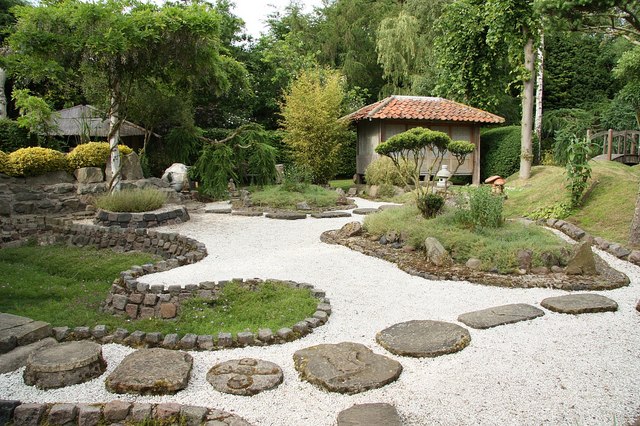Meditation helps you dwell in the present moment, and allows you to be fully aware of your surroundings and each breath you take. While meditating anywhere is sure to have a calming effect on your nerves, taking this practice outdoors definitely has greater benefits!
Meditating in a public space like a park can be uncomfortable with people around, and you may not always be able to head out into the countryside to meditate in seclusion. If you have a garden or a backyard though, you won’t need to look elsewhere for some quiet!
Don’t give up already just because you don’t have a sprawling garden; you can transform a small space into your haven too. If you’re ready to transform your outdoor space into a meditation garden, here are 6 tips to help.
Get the Basics Straight
Before you begin planning your meditation garden, you’ll need to consider certain basics so that you can make the most out of your budget and available space. Start by assessing how much of your garden space will be used as a meditation spot. If you stay alone and won’t be interrupted by other people using the garden, you can turn the entire space into your meditation zone!
Further to this, you will have to consider the noise levels in your neighborhood. If you live in a noisy neighborhood, you might have to create buffers using hedges, fences, or embankments to muffle sounds.
Make a Plan
Your goal should be to design a garden that makes you feel calm and inspired. As such, you don’t have to worry about your design being wrong!
Imagine how you’d want your meditation garden to look and consider all the things that make you feel at ease. Design your garden in a particular color scheme or include elements like wooden or cane furniture, fountains, or gravel as you please.
If you want to convert only a part of your garden space into a meditation zone, consider adding a little summerhouse or a gazebo to separate the area. Planting a line or a patch of trees can also help mark your sanctuary.
To create a semi-enclosed area- and if you have a lot of space- add a courtyard! Garden spaces that are too small can be separated from the meditation zone by using vine arbors.
Take Inspiration
Traditional gardens can be a good source of inspiration, so do take a look at different garden themes before you decide on a plan. You don’t necessarily have to follow a theme to the T, but browsing through pictures in books or online, and visiting open public gardens that feature various theme gardens will give you some great ideas.
Depending on your preferences, you can choose to go for a Japanese garden with Zen elements and geometric lines; a Chinese garden with small bridges, pagodas, and a fish pond; a walled traditional English garden; or a desert garden with succulents and shady trees.

Highlight What You Have
Your existing garden probably has a lot of elements that can feature as visual meditation or places of rest in your meditation garden. These elements could be a view, a rock wall, or a climbing vine.
Look in and around your garden and find what makes you feel at peace. Play up elements that appeal to you by building your meditation garden around them.
Go Indigenous
Choose indigenous plants for your garden so that you don’t have to give them a lot of care and attention. Native plants paired with aromatic plants and herbs will also help you connect better with your surroundings.
What’s more, indigenous plants and trees will attract local wildlife which will make your meditation garden engaging!
Choose Surface Materials Wisely
A meditation garden should be a relaxing place, so you certainly wouldn’t want to choose surface materials that can get too hot or too cold. Creating texture with different materials is fine as long as you don’t choose very hard materials for surfaces that you’ll walk or sit on.
Soft surfaces can be created using natural or fake grass. You can also make use of bricks, mosaic tiles, wood, pebbles, gravel, sand, or slate for seating areas and walkways. If using pavers, don’t depend entirely on them; use them with other materials or you could risk spoiling the look of your garden.
Conclusion
Meditating regularly can bring wholeness and balance into your life. Irrespective of where you meditate, you’re sure to experience peace and calm. But meditating outdoors also helps you renew your contact with nature!
With the tips given here, you now know how you can build your own garden sanctuary. So don’t restrict yourself indoors, transform your garden space and meditate outside without having to worry about spectators!




